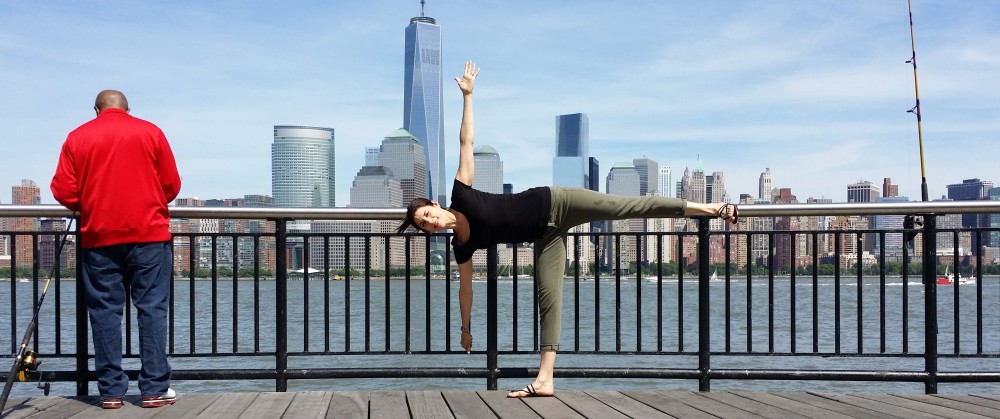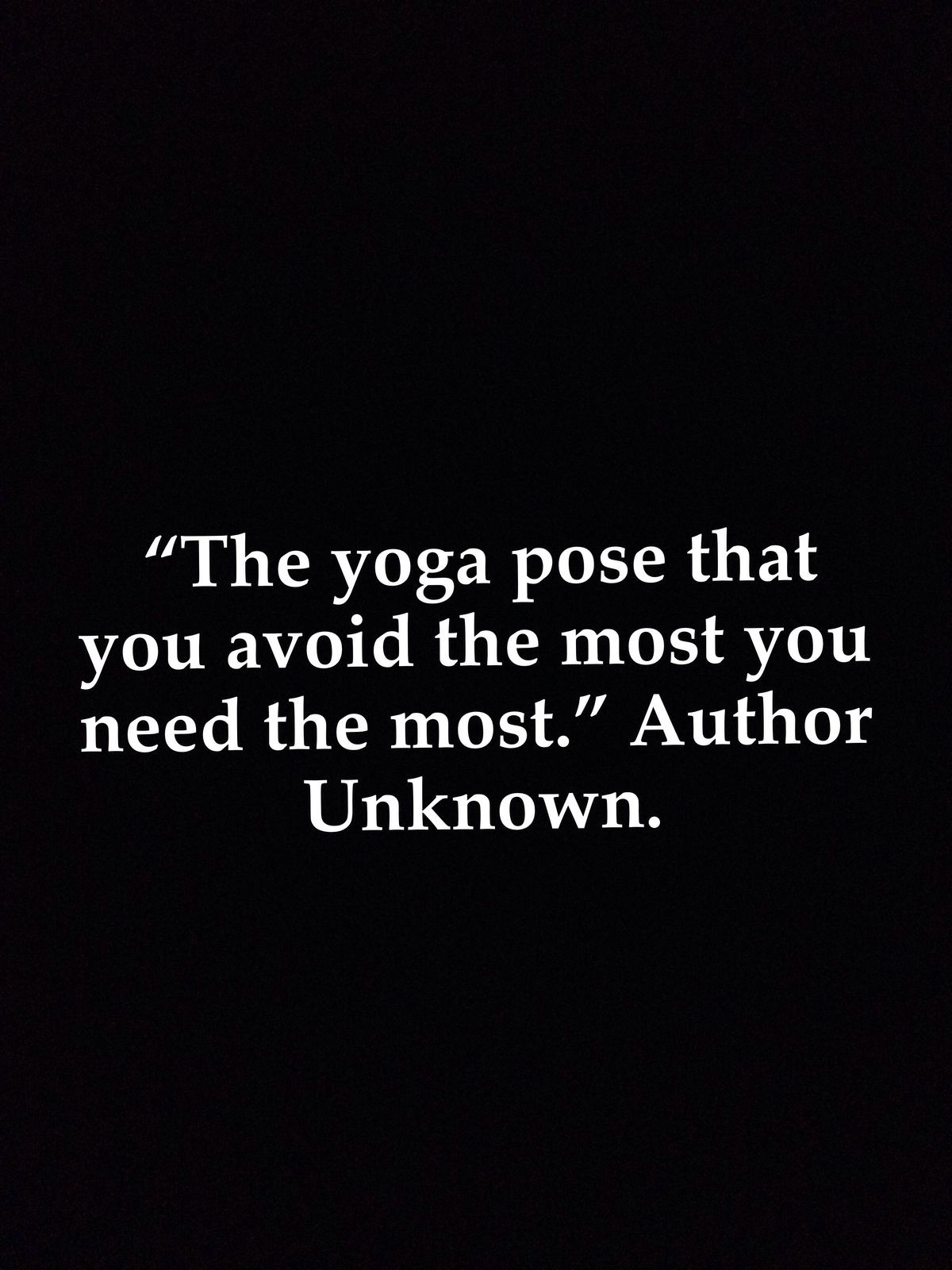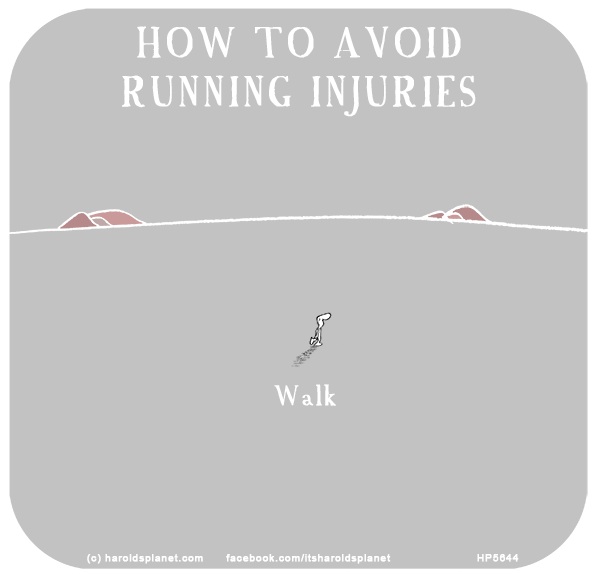“the yoga pose you avoid the most you need the most” Sometimes these statements have different sides to them. I think we can agree that some avoidance keeps us safe, in safe range of motion. Some avoidance is healthy. Some avoidance is un-challenging in a healthy way, and sometimes, perhaps the meaning implied here, it is a cop-out.
You have to know who you are to decipher a concept. “Clear seeing needs the calmly abiding self” ~ Stephen Cope.
One of the concepts in the yogic view of the world of time and space is that there all phenomena in the world manifest in an interplay of opposites. This could mean light and dark, or pain and pleasure, as well as attraction to and avoidance (aversion) of. As Stephen Cope says, “Yogic scriptures everywhere acknowledge that the polarization of life’s energies is one of humans’ central problems..In itself, the apparently dualistic nature of our phenomenal world is not a problem….The problem is that we human beings inevitably tend to choose for one side of the polarity and against the other side, artificially attempting to split life down the middle…We cling desperately to pleasure and attempt to banish pain”
Great segway into the word balance. I think sometimes we need a new approach. Perhaps you could learn how to do that revolved triangle appropriately for your body in a private yoga class and then you can include rather than avoid. Or perhaps you have carpal tunnel syndrome and need to modify downward facing dog. Maybe you have an addiction and need to avoid temptation or maybe you need to set new boundaries and confront the person you are hiding from .new year, new choices



